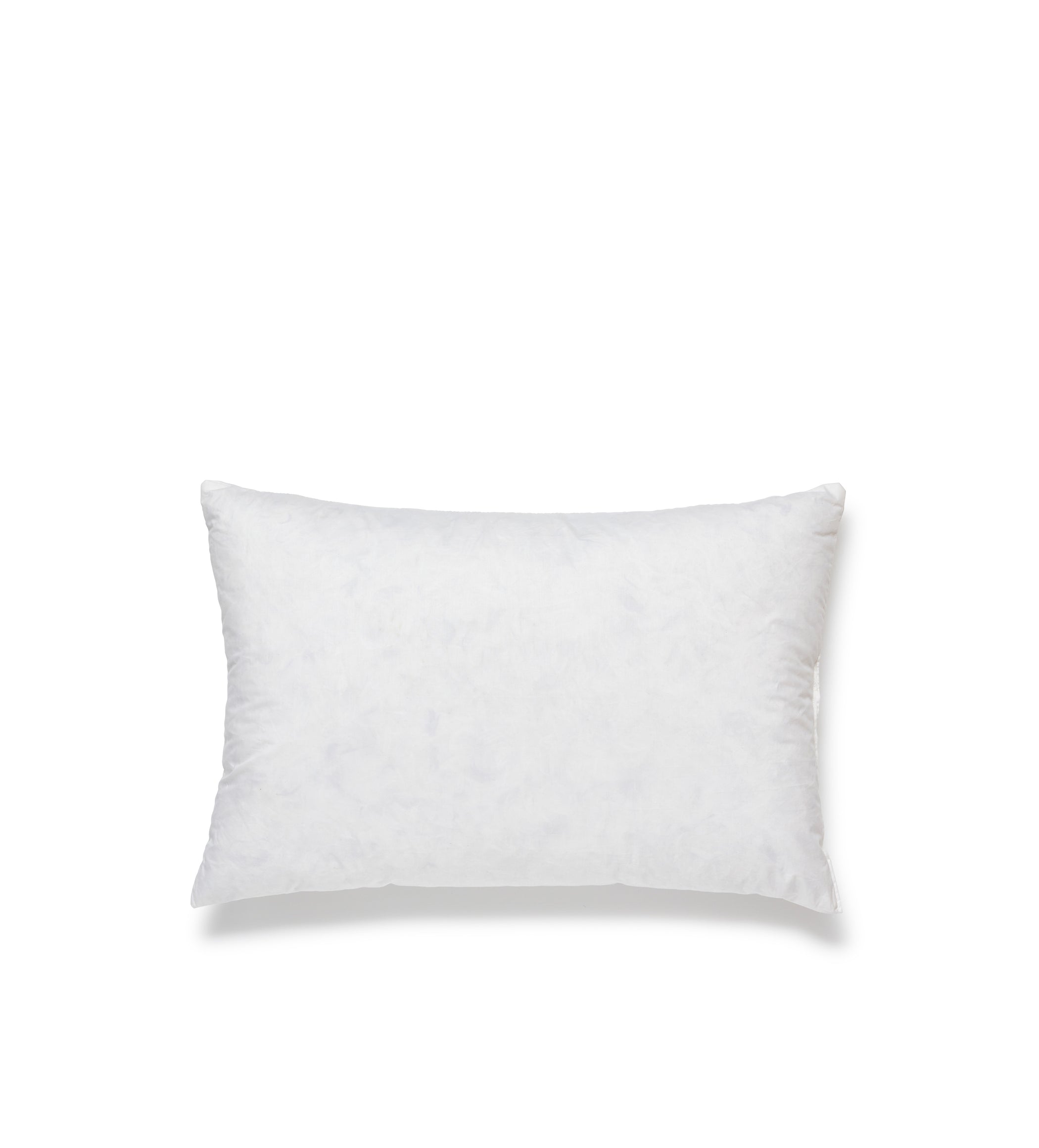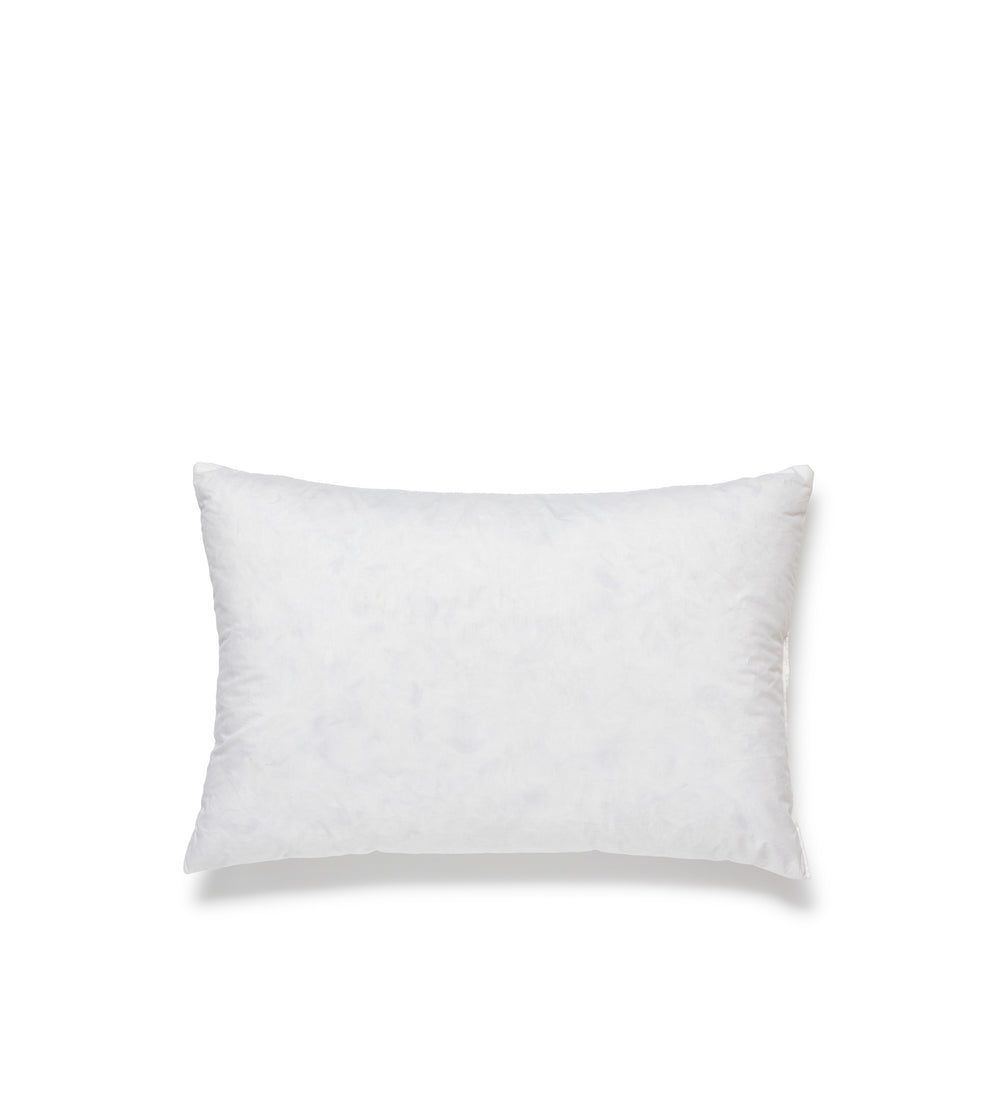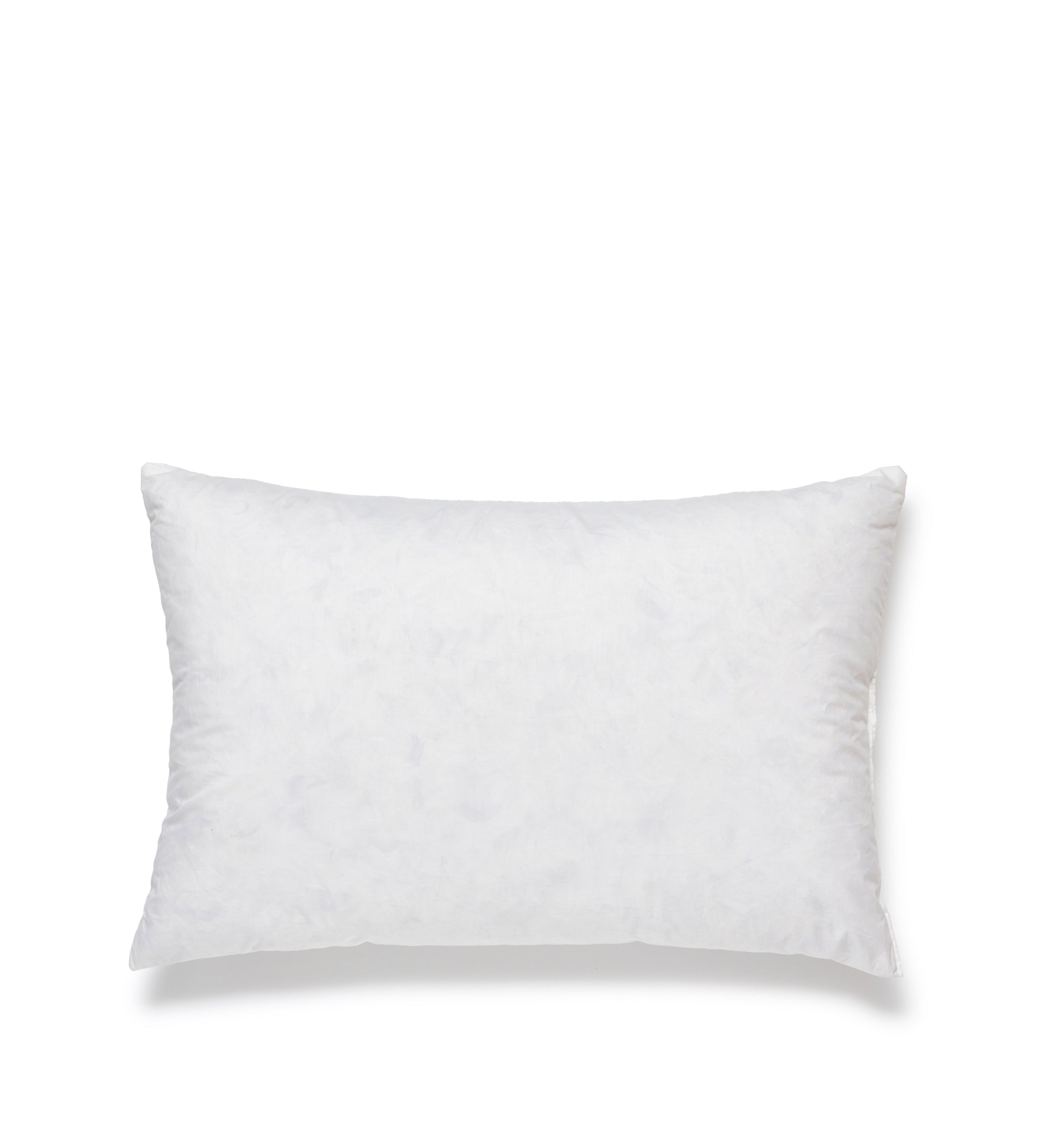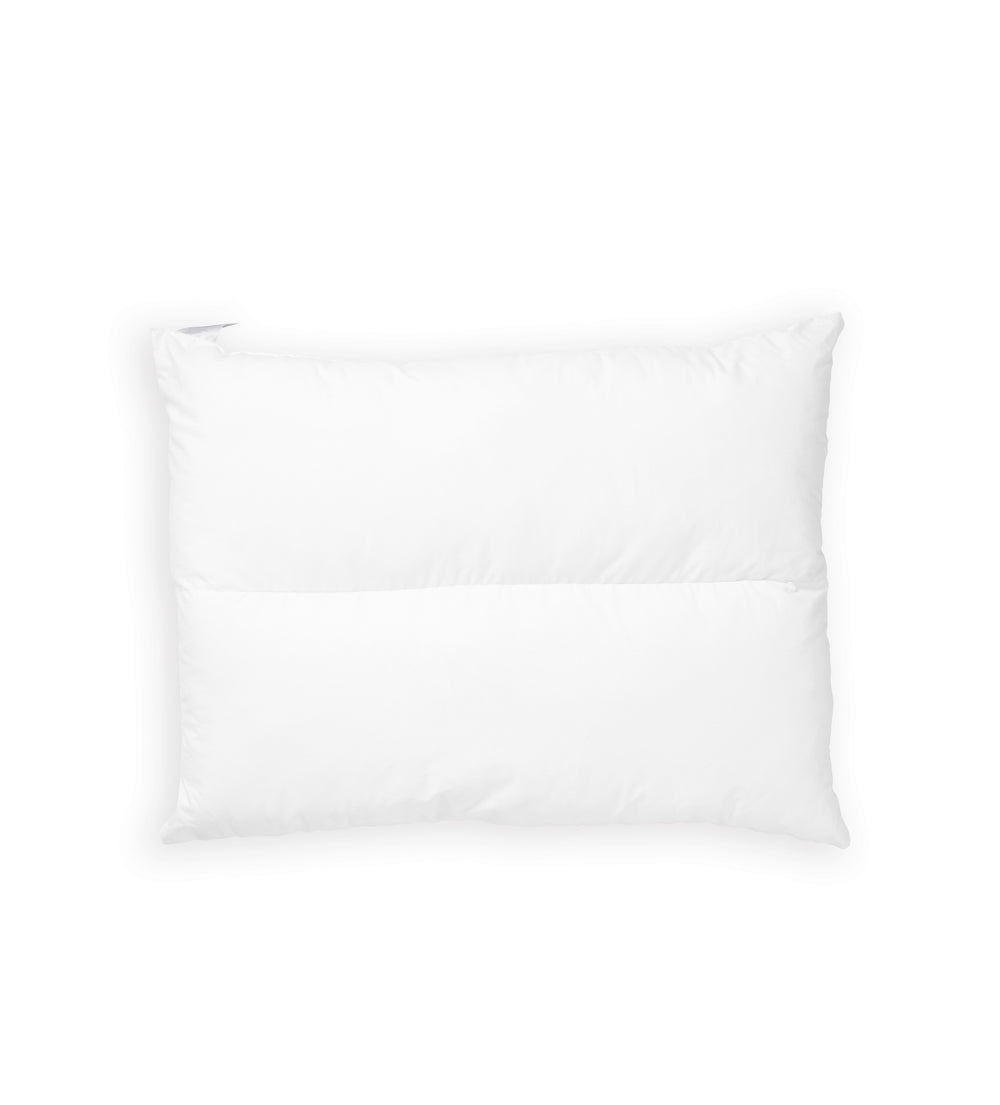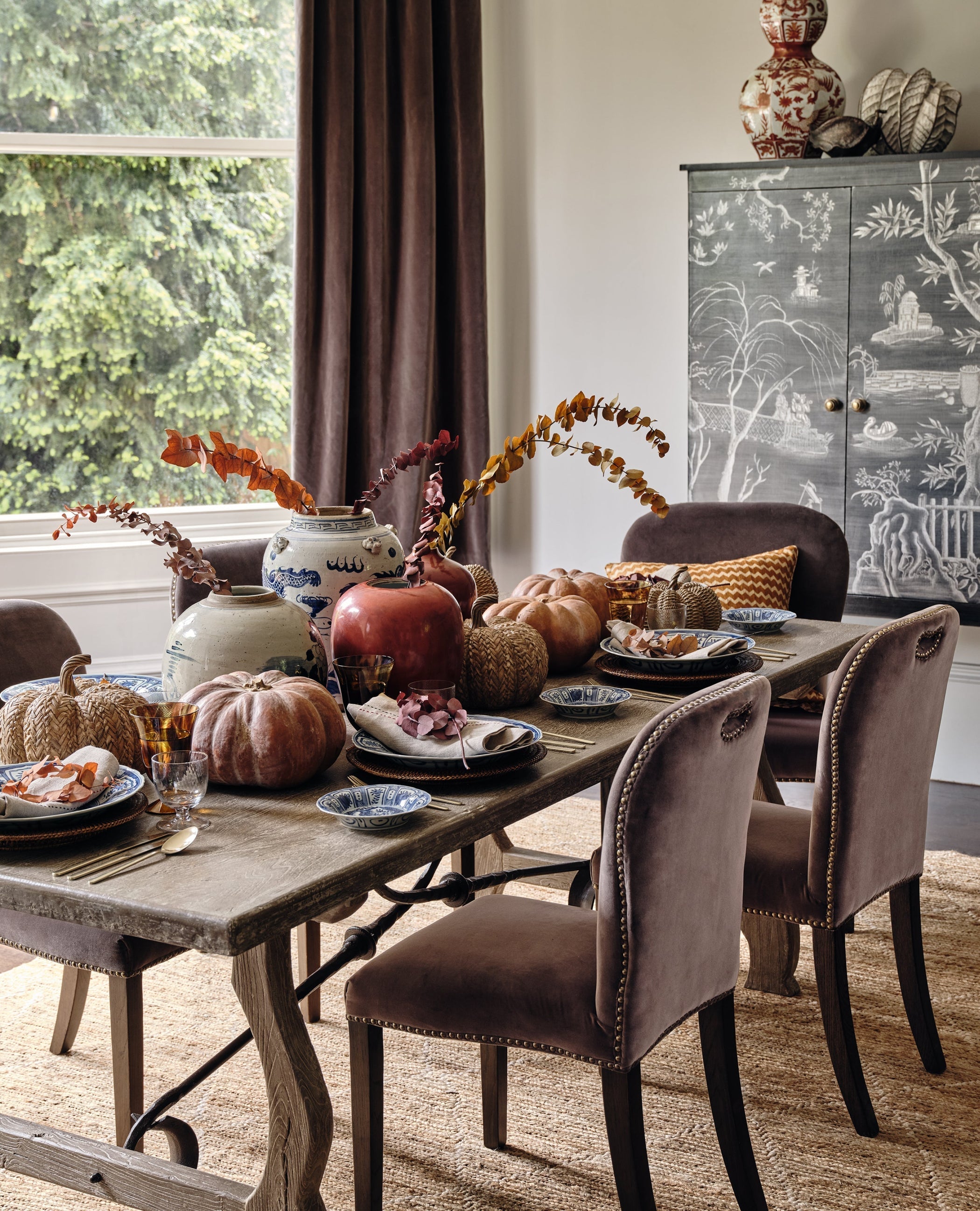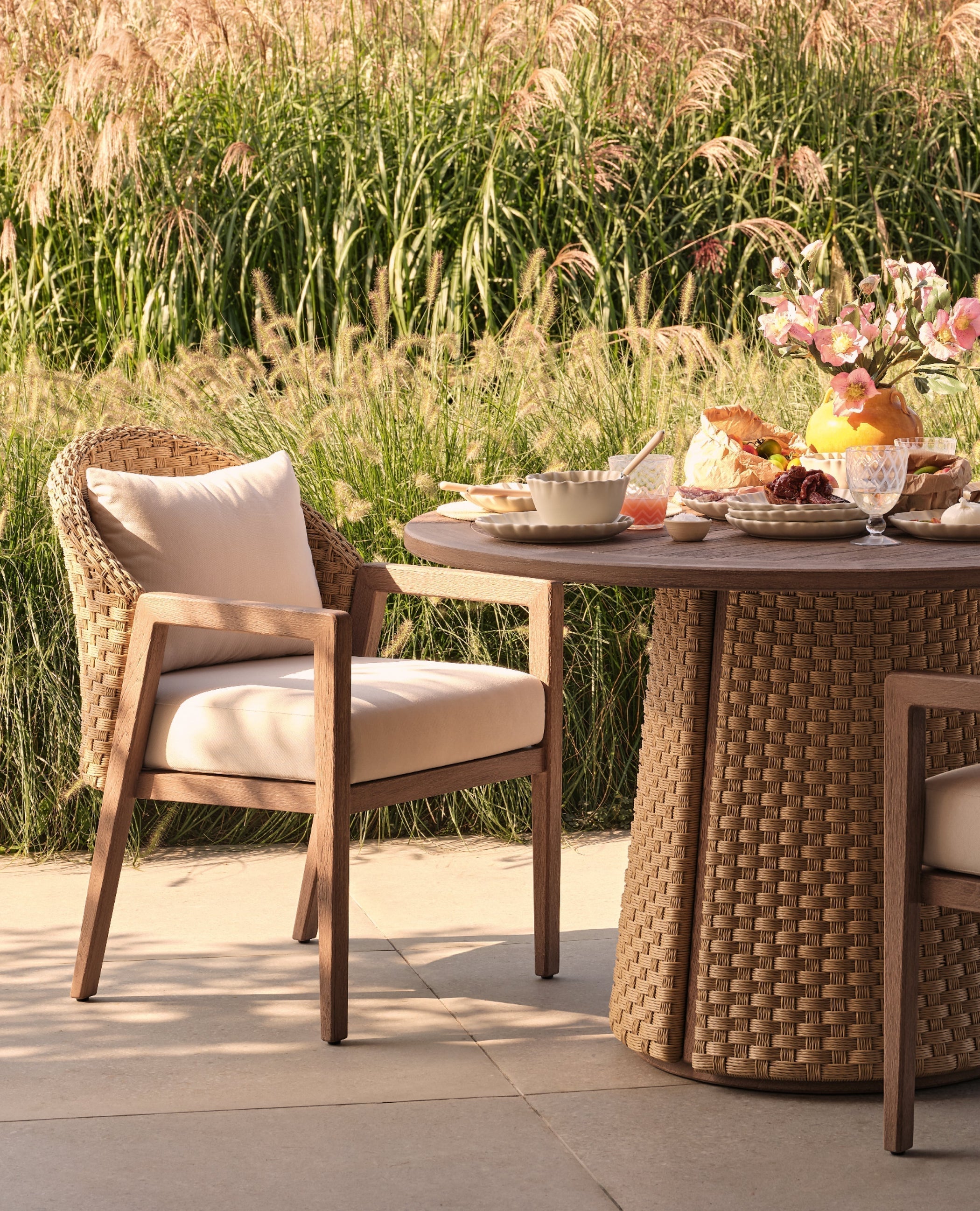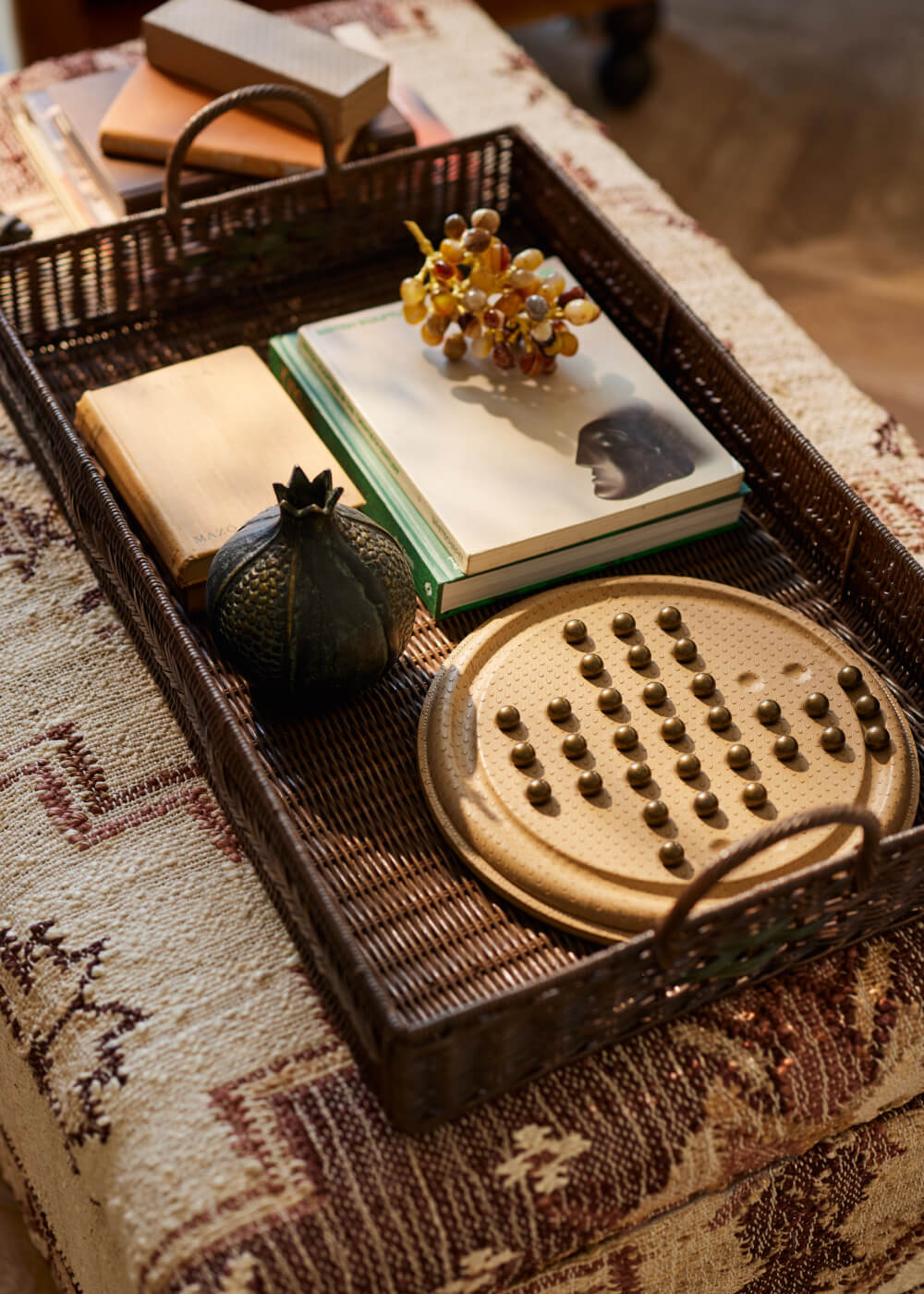It hardly seems like the glamorous, fun part of interior decorating, but choosing the best cushion pad for your cushions will have more impact on the look and feel of your scheme than you may realise. Whether scattered on a sofa for extra comfort, dressing up a bed or adding an accent to an armchair, these soft, pillowy forms are a staple accessory in almost every room – even hallways and bathrooms occasionally house a cushioned seat. They are, however, more than simply a dressing tool; cushions add comfort and support, too. So while our first inclination may be to focus on the aesthetics, it’s actually worth turning your attention to the filling inside your printed, patterned or textural cover.
OKA cushion covers are supplied without pads, which means you can choose the softness of your filling – and thus manipulate the finish somewhat to suit your tastes – but how do you know what type to plump for? We talk you through the various cushion pad sizes and shapes, as well as the best filling for your needs. Once you have that sussed, you can get down to the fun part; placing your pillows.








